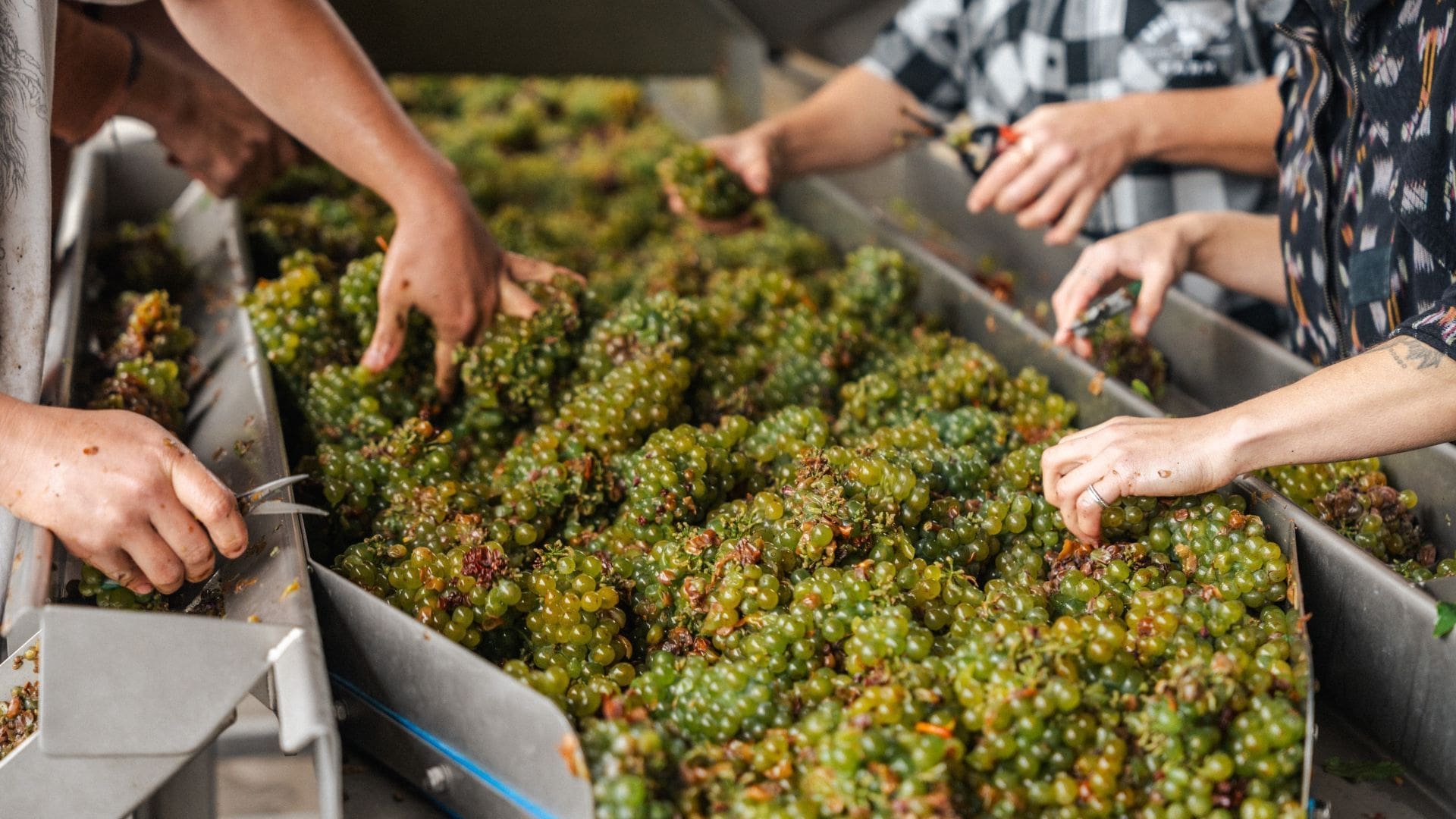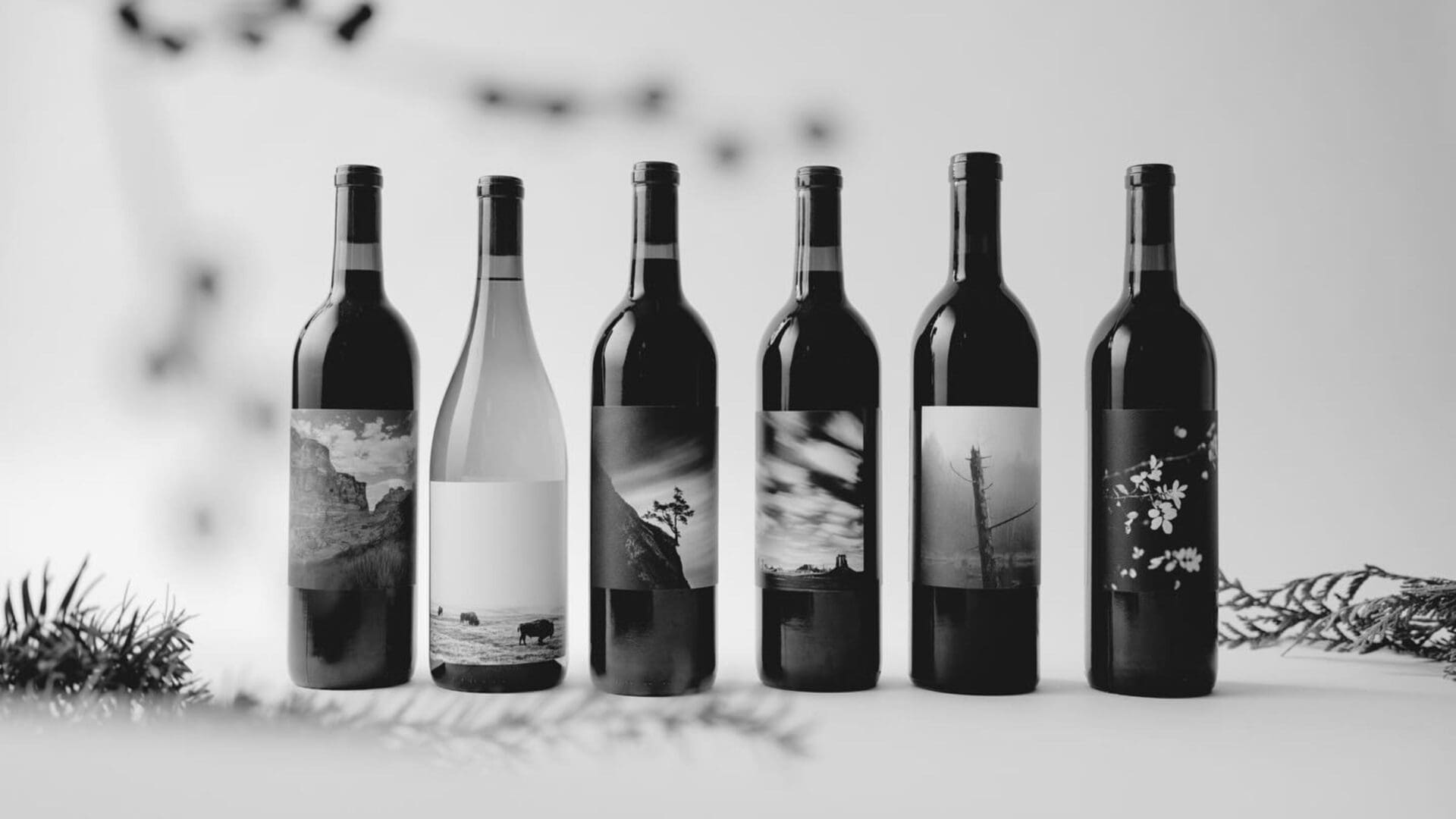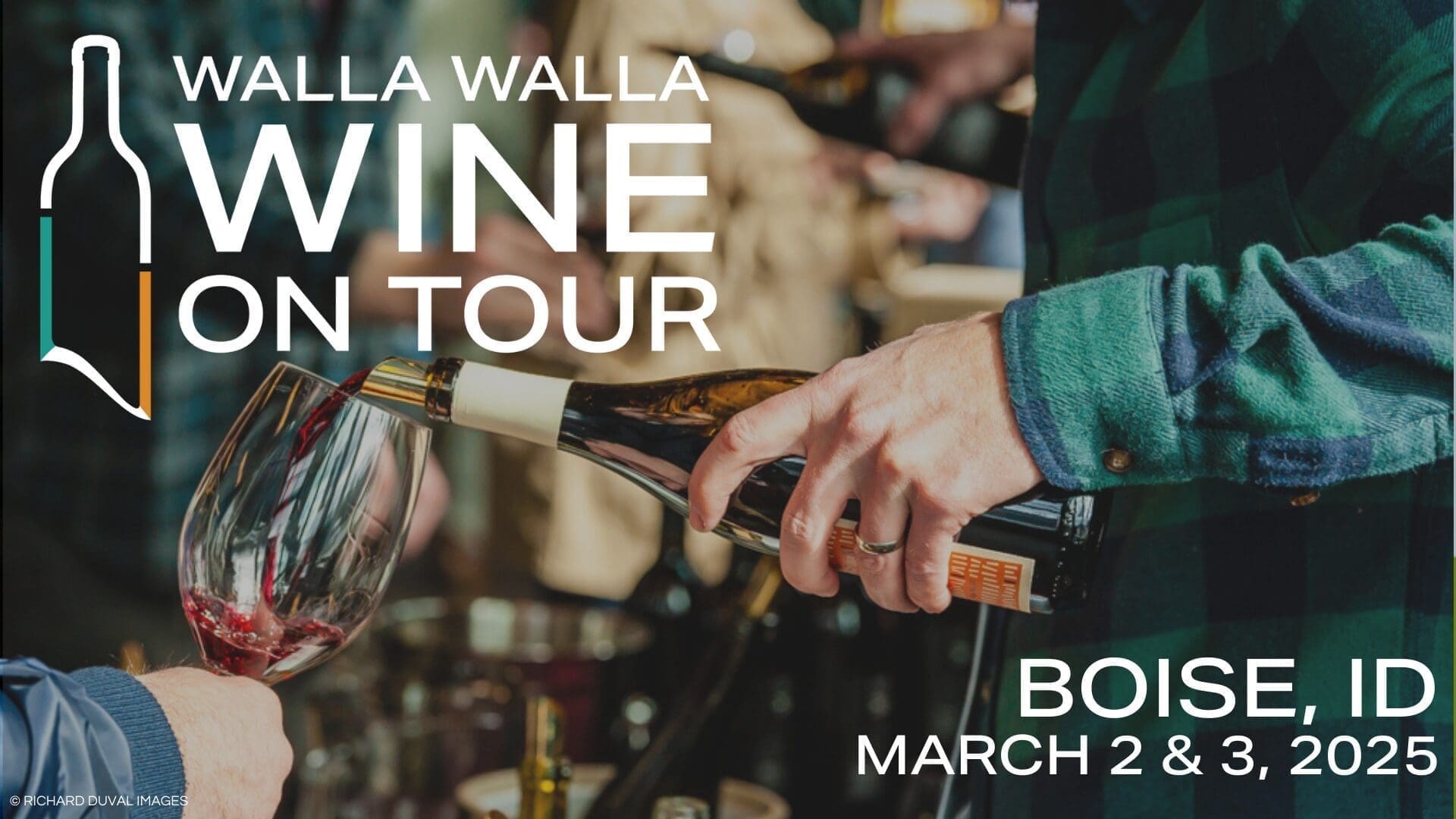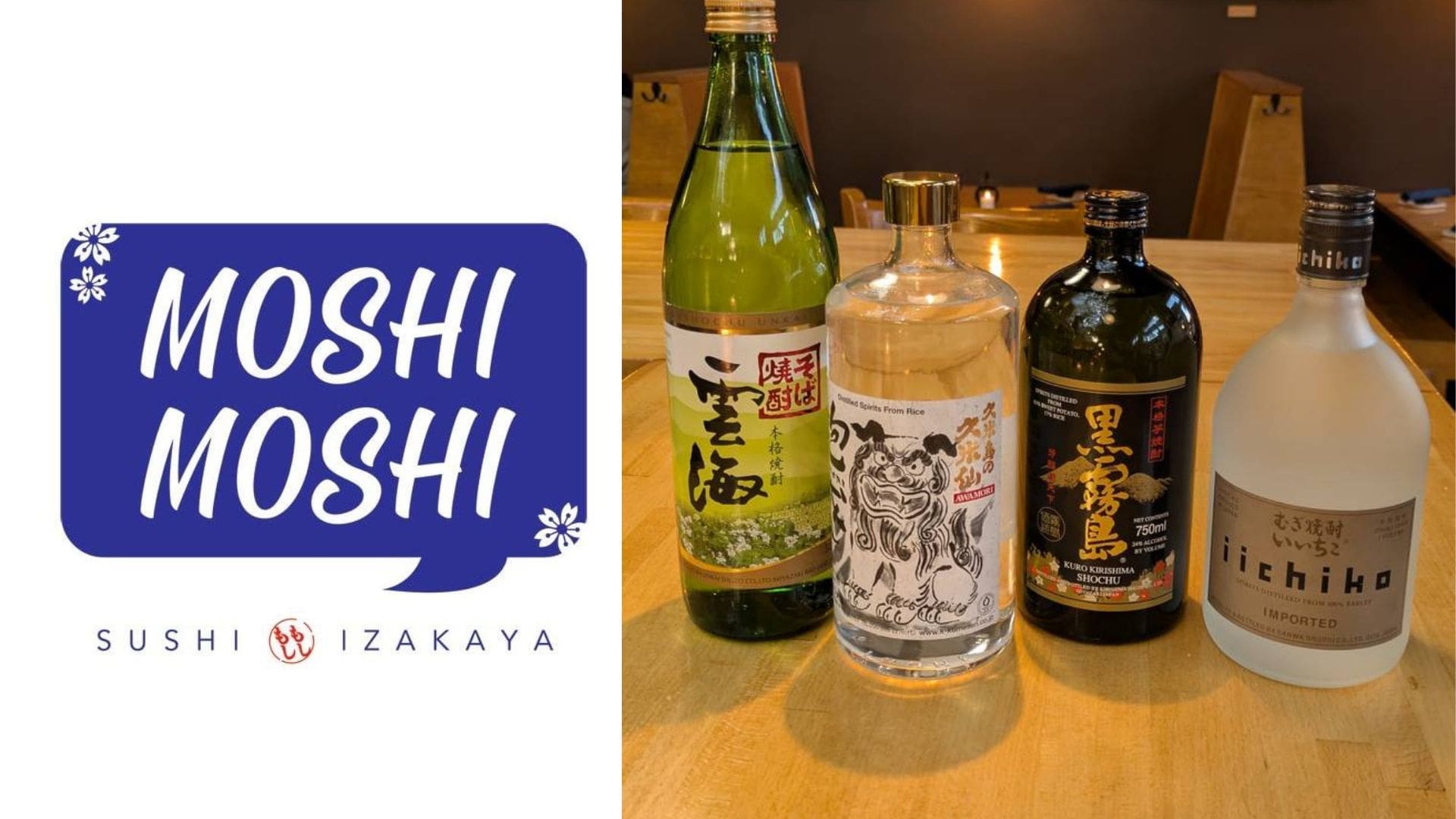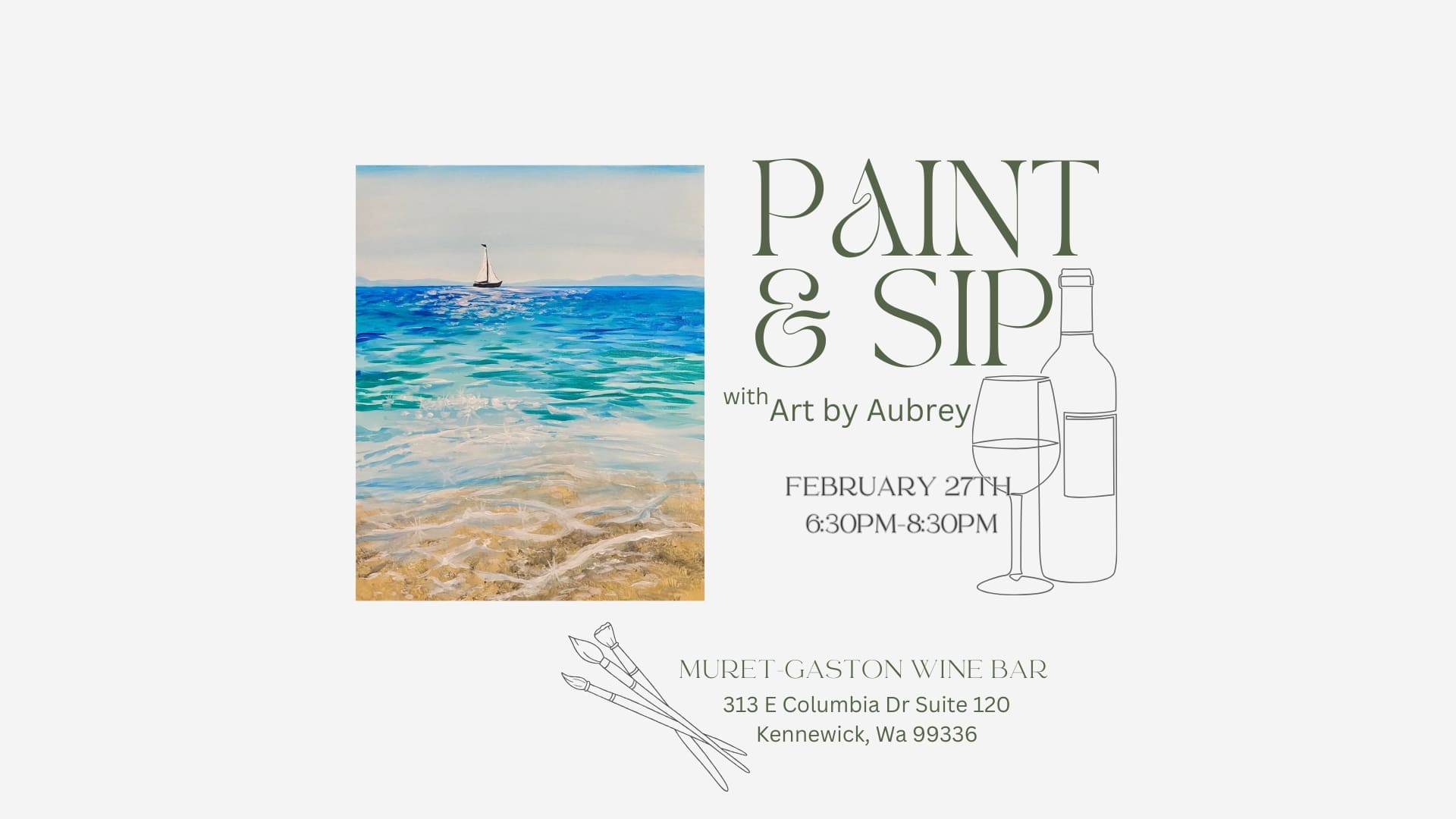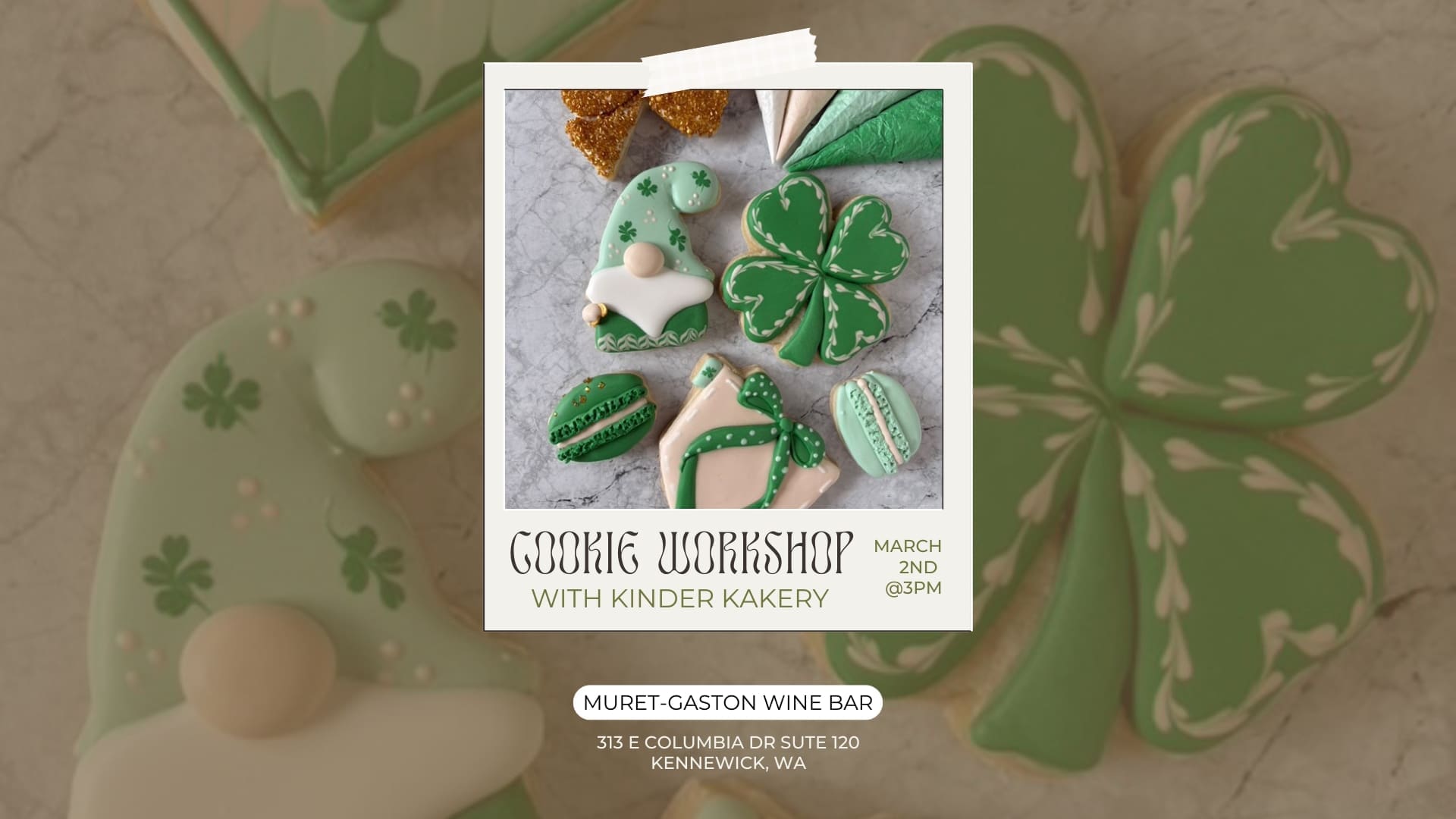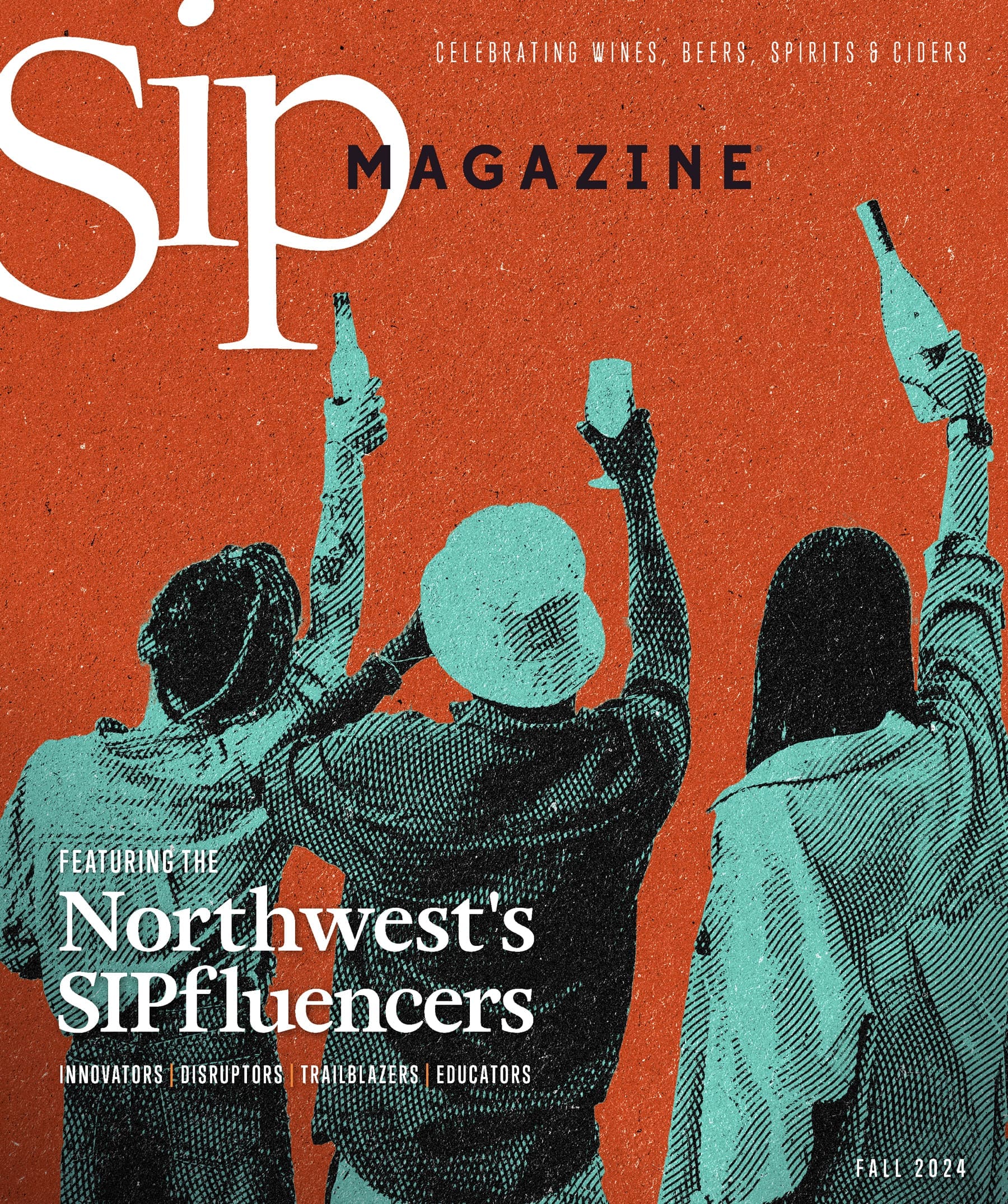I was having a conversation with a colleague the other day, and we started talking about cult wines. You know the type: small production, staggering price, years spent on a waiting list just to get one measly bottle. Certain wines have always been exalted, but California in the 1980s and 1990s took it to a whole different level, with eye-watering prices for wines that a decade before didn’t even exist. Yet despite many similar circumstances, the Northwest has produced surprisingly few cult wines.
As with any sweeping statement, there are of course exceptions, most notably Walla Walla’s Cayuse Vineyards and their bevy of highly collectable Rhone-style wines. A number of other wineries only offer their wares to wine club members, and certainly some of these are highly prized. Yet for whatever reason, the general sentiment in the Northwest seems to be: “If you want to buy my wine, I’m happy to sell it to you.”
Instead of attributing this to some noble spirit that pervades our region, I think it’s more about practicality and economics. Making wine is an expensive proposition, one where the return on your investment doesn’t come until several years after the process starts. As a result, I think most winemakers loathe to turn away potential sales in search of that elusive “cult” status.
The other truth here is that cult wines generally have two main sources: historic vineyards with a legacy of quality, or really good marketing. The relative infancy of the Northwest wine industry means that comparisons to the towering giants of Bordeaux, Burgundy, Piedmont, or Rioja is patently unfair, though perhaps one day future generations of wine lovers will talk in hushed tones about the early days of Shea Vineyard, or Boushey.
As for marketing, well, the cult wines of California were born at the same time as Robert Parker and other wine critics were becoming the dominant force in American wine writing. Given Parker’s unparalleled power at the time, it’s no surprise that wineries would turn a high-90s rating into a beacon for people who sought that sort of validation in their wine purchases. That phenomenon certainly existed in the Northwest, though we’ve never quite been the critical darling that Napa has been. Given that our industry wasn’t nearly as mature as California’s during the 1980s and 1990s, it may have simply been a matter of timing, poor or otherwise.
In the end, cult wines are such a minor part of any region’s overall industry that you might wonder why this even matters. Prestige wines may not account for much in the way of production, or even in sales, but they do help shape the broader identity of a region, in terms of both style and personality. If the Northwest’s fate is to remain a region of approachable wines that most anyone can get their hands on, well, that’s not such a bad fate at all.


